
PRESEA – AI-supported traffic forecast to increase maritime safety
PRESEA – AI-supported traffic forecast to increase maritime safety
Project background
In contrast to retrospective considerations, predictive overviews of shipping traffic in certain sea areas or ports have not yet been possible. Besides economic aspects, the sea traffic forecast is important in terms of safety and environmental policy. In the event of accidents or salvages that block or narrow shipping lanes (e.g. EVER GIVEN in the Suez Canal), a traffic forecast facilitates the management of future shipping traffic in the region. The project provides a new service for the maritime industry and enables innovative business models. The application is useful for maritime logistics companies who benefit from improved port forecasts and arrival times, as well as for maritime security authorities who for the first time can obtain detailed information in advance about the expected traffic volume in the North and Baltic Seas. The web application for sea traffic forecasting developed as part of PRESEA is used by shipping companies, canal operators, and traffic control centers to increase maritime safety.
Project goal
The aim of PRESEA is the development of an AI-supported real-time-based software application that predicts the actual sea traffic in a certain area of the North and Baltic Sea up to 14 days in advance and displays it in a user-friendly way. The software is based on AIS data (Automatic Identification System), timetables for regular service, ferry and cruise ships as well as tide and weather data.
Play Video
Review of United Nation Location Codes
An essential step in the prediction of maritime traffic is the interpretation of the destination in AIS. Very often, ships use the UNLoCode for this purpose. In order to check whether JCS has recorded all LoCodes for a port, these were compared with the more than 4500 FleetMon Port Areas. During this investigation, several errors were found in the UN databases and this was passed on to the authorities.

Identifying the upcoming ports on the voyage
In a complex procedure, the next port is determined on the basis of the destination string contained in the AIS. More than 300,000 alternative spellings and interpretations of port names are used for this purpose. Taking into account the last port call, the next port is determined together with the UNLoCode.
In the example on the side, the Atlantic Clover was identified as the next port of Hon Gai in Vietnam. This ship is now guided to its destination using a routing algorithm.

The next crucial step is to determine the expected upcoming ports. For this purpose, port calls from the years 2010 to 2020 were used and the port calls for each ship (AIS A-Class) were used. With cross-reference to the current state and the current manager and owner of the ship, the next 5 ports are predicted. Hundreds of millions of port calls were examined for this process and brought into relation with each other as described.
A permanent examination of the results was carried out. For this process, a jump was made to any point in time in the past and the results were checked against the subsequent past.
The evaluation resulted in an extremely good hit rate, which means that JCS will be able to predict the coming port calls for almost all commercially described ships.
Implementation
With the help of the MERMAID (Maritime Routing Maps based on AIS Data) joint project, the information is linked to one another for worldwide shipping traffic and its algorithms, as well as the application of basic artificial intelligence (AI) processes. The aim of the AI is to predict the next ports as precisely as possible, taking into account previous calls to ports, the type of ship and the length of the ship. A special innovation from PRESEA is to provide the routing network, which already takes static environmental conditions such as shallows and straits into account, with an automated dynamic that shifts the route guidance in real-time in the event of weather phenomena based on complex calculations depending on the type of ship.
Results
An important milestone achieved in the project is the reliable detection of the next destination port (AIS Destination Interpreter) with a probability of over 90%. When entering the destination or port of destination manually in the AIS on board, typing errors and ambiguous abbreviations often occur. A self-learning algorithm developed by FleetMon compares the manual input with the actual port of destination and enables the port information to be clearly interpreted. Another milestone is the improvement of the estimated time of arrival (ETA) of a ship in the port. Delays due to goods loading times or weather events such as storms are correlated within the scope of PreSEA with the original arrival time, which means that the travel time can be determined more precisely. After the end of the project on November 30th, 2021, JAKOTA Cruise Systems will continue to develop the demonstrator into a marketable product for global sea traffic forecasting.
Visualising outcomes
Poster 1: Automatic Identification System (AIS) In order to improve safety in maritime traffic and for a better control of shipping, the AIS became an equipment obligation for a wide variety of ships. Which ships are affected, how the system is set up, how it works and some other information about the AIS have been compiled and presented in a poster that is clear and informative.
Poster 2: Seaports of the same name around the world That a ship can clearly indicate its destination and display it correctly in the AIS, there is a so-called LOCODE for each port. Nevertheless, it can happen that the crew enters the full name of the respective port in the AIS. This can lead to ambiguities in some cases, as there are various ports of the same name worldwide. The most important are graphically illustrated in this poster.
Poster 3: UN/LOCODE One of the main tasks of the sub-project is the development of meaningful algorithms for assigning destination ports. These are usually entered as a so-called LOCODE in the AIS. This led to various questions, e.g., according to the legal basis of the LOCODE and how and by whom it is assigned and documented. For a clear illustration a poster was created with the most important information about the topic.
Completion of the project
After completion of the project in spring 2022, the following milestones can be summarized. The upcoming ports will be reliably recognized with a probability of over 90%. By a self-learning algorithm, spelling mistakes and ambiguous abbreviations in the manual input of the destination port can be matched with the actual destination port and interpreted unambiguously. As a result, the time of arrival of a ship in future ports (ETA = Estimated Time of Arrival) is determined even more accurately. Excerpts and project results will be presented at the online closing event. Further research and product developments related to artificial intelligence, ship safety and emissions are considered almost certain. In industry, the results of the project will be used by several large companies from mid-2022 as part of internal studies and then put to use in logistics departments.
Closing event at the Maritime Cluster Northern Germany
The final event for the PreSEA project will take place digitally on May 16, 2022, from 1:00 to 3:30 p.m. under the motto “Increasing the resilience of maritime supply chains through AI-supported maritime traffic forecasting | PRESEA”. The organizers are FleetMon and the Maritime Security Specialist Group of the Maritime Cluster Northern Germany.












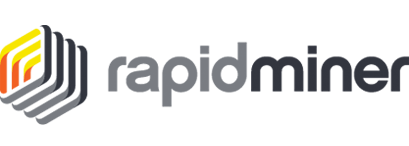
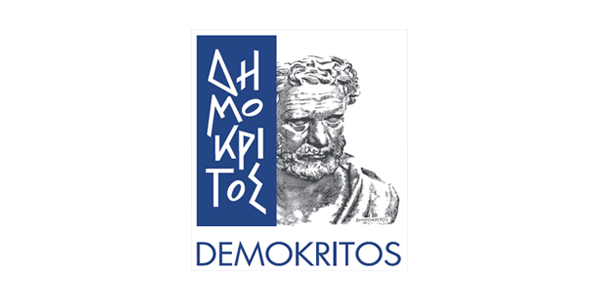









.png)


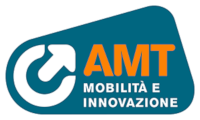







.png)

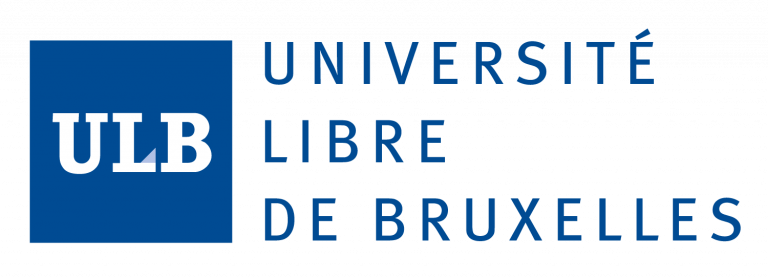

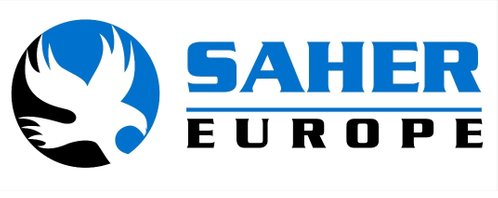





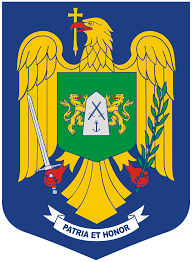
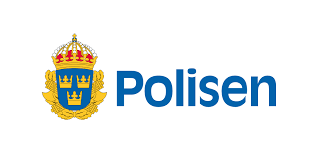














Previous
Next
LEAS – shore-side decision support for traffic situations with highly automated or autonomous vessels using AI.
OPS Master Plan for Spanish Ports
PERIVALLON
Require AIS data for your project?
Please reach out to us to discuss which Kpler offering will support your research project or academic study in the best possible and efficient way.




